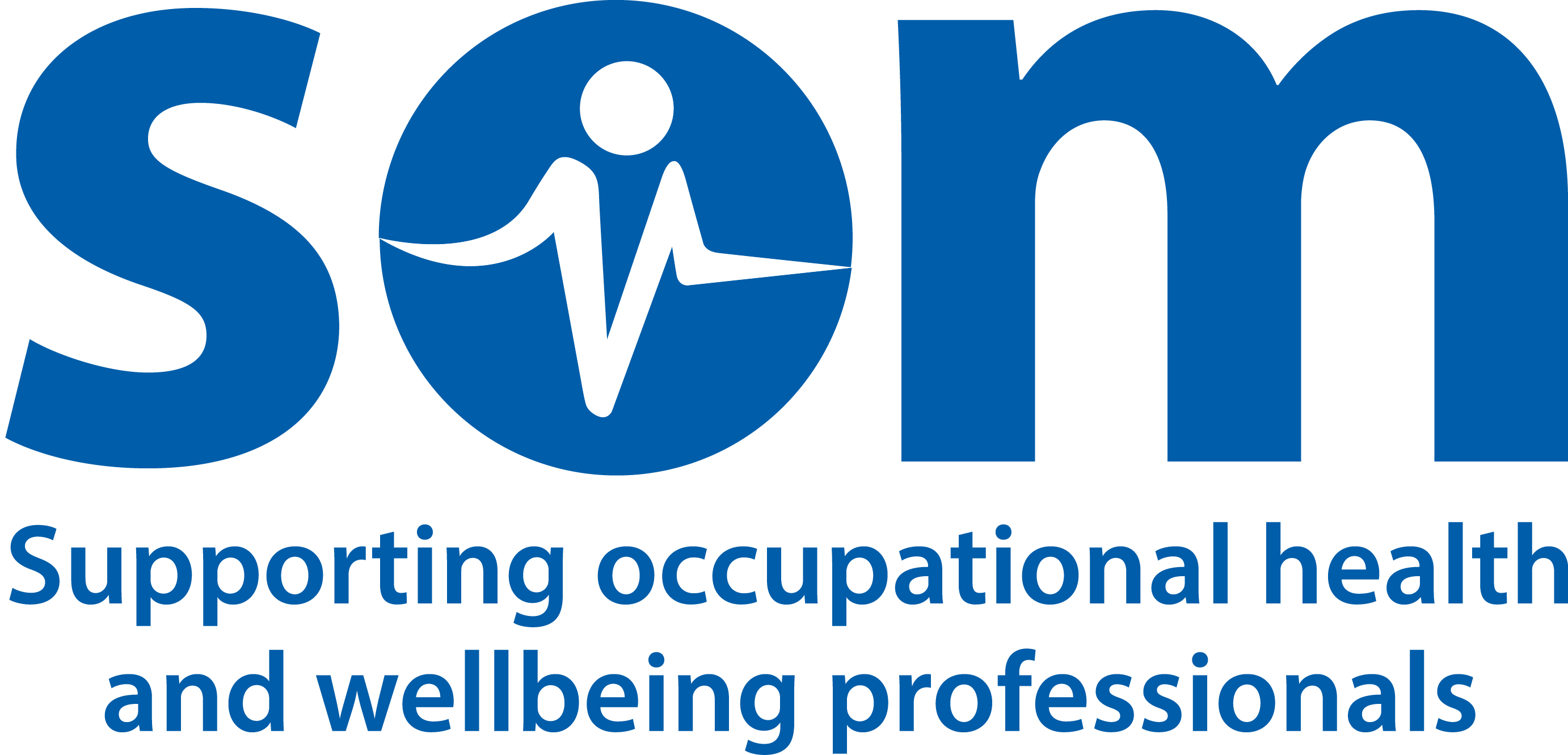
Assessing risk for healthcare workers during the COVID-19 pandemic - the need for investment in occupational health.
Risk assessment of the workplace, workforce and individual reduces potential workplace hazards for all staff and should be always adhered to. Assessment of the risk of exposure should include the use of controls. Each member of staff’s clinical risk needs to be assessed to help with such assessment; appropriate communication, education and staff awareness is an integral part in any prevention strategy. Risk assessments should be interpreted by suitably qualified and trained staff. It should be noted that the GMC states that a duty of a doctor is to seek appropriate medical care.
SOM is calling for access by all staff to an occupational health specialist. There is an extreme dearth of specialist occupational physicians to provide this service. The SOM is concerned that the recommendations of the All-Party Parliamentary Group (APPG) report “Occupational medicine workforce crisis - The need for action to keep the UK workforce healthy” are not being put in practice.
SOM Past President, Dr Will Ponsonby said: "It is important to employ the hierarchy of controls. Eliminating the virus by testing and having COVID free areas, using ventilation and barriers to separate workers from dangers of infection. Also using testing to identify asymptomatic individuals so they can quarantine. Social distancing and personal hygiene continues to be very important. The early approach of assuming aerosol-generating procedures were the highest risk was fundamentally flawed, as controls reduced the risk to minimal levels, while those working on COVID wards without PPE were at the highest risk. Use of controls must acknowledge the statutory duties in relation to PPE. Only equipment designated as PPE should be used for that purpose. Surgical masks are medical devices not PPE. The Health and Social Care sector would benefit from wider use of Occupational Hygienists who are specialist in assessing and controlling health hazards in the workplace. Viral prevalence is probably the greatest risk factor, and as viral prevalence in the community drops, overall risk will drop substantially. This will not apply to those working with COVID patients, where the risk will always remain high.”
Chairman of the Association of Local Authority Medical Advisers, Dr Tony Williams says: “Any assessment of risk requires an objective assessment of either relative or absolute risk. Objective scientific criteria must be applied. Many vulnerable healthcare workers have continued to practice in high-risk roles, while others with low vulnerability have been kept away from work as a result of inadequate or flawed risk assessments. Two key separate stages are required; assessment of individual vulnerability, and assessment of the risk of exposure to virus. There is substantial evidence from large databases to allow good estimates of vulnerability and currently the best tool available is Covid-age. Tools that are obviously inaccurate or that miss out conditions, or do not account for multiple conditions, should be avoided. The effect of vaccination and past infection can also be taken into account."
References:
What is my covid risk? | The BMJ
Assessing risk for healthcare workers during the covid-19 pandemic | The BMJ
COVID-19: risk assessment (bma.org.uk)

